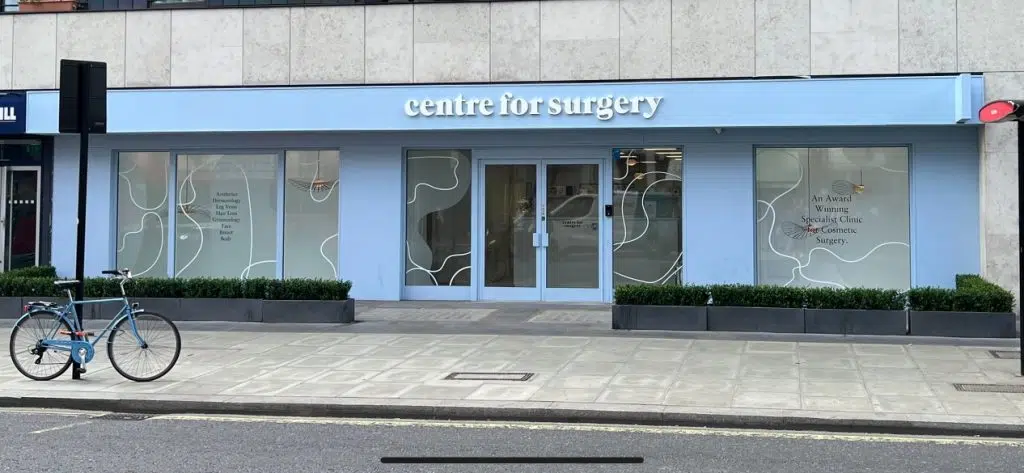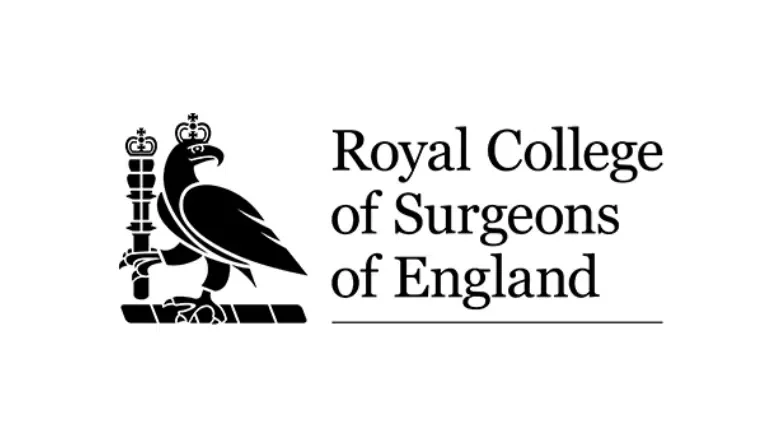Breast augmentation is a popular cosmetic surgery procedure in the UK that uses silicone breast implants to increase the size and enhance the shape of the breasts. While breast augmentation is generally a safe procedure when performed by an experienced plastic surgeon, like any surgical procedure, there is always the potential for complications to occur.
One of the potential complications associated with breast augmentation surgery is the movement of the breast implants out of position. Although breast implants are designed to stay in place once they are inserted, they can still move around due to a number of factors, including problems with the breast skin, choosing implants that are too large, or an error in the initial placement of the implants.
RELATED: How do I know when my breast implants need replacing?
At Centre for Surgery, our experienced and highly skilled cosmetic surgeons take all necessary precautions to minimise the risk of complications and ensure that the breast implants stay in place. During your consultation, our surgeons will evaluate your breast tissue and skin elasticity to determine the optimal placement and size of the breast implant.
Our surgeons use the latest techniques and technologies to ensure that the breast implants are placed in the correct position and secured in place. We also use internal sutures to hold the implant in position, which minimizes the risk of the implant moving or shifting out of place.
In the rare event that a breast implant does move out of position, our experienced surgeons can perform revision surgery to reposition the implant and restore the desired aesthetic outcome. Revision breast surgery may involve the use of a different implant size or placement, or additional sutures to secure the implant in place.
Breast Implant Movement: Is it Normal?
We understand that patients may have concerns about their breast implants moving or shifting after breast augmentation surgery. While it is normal for breast implants to move slightly during the recovery period as the breasts settle into their new shape, sudden and dramatic changes in implant position can be a cause for concern.
Lateral displacement is a condition that can occur after breast augmentation surgery, whereby the implant moves away from the midline of the chest towards the armpit. This condition can be concerning for patients, and it is important to understand the causes and solutions.
One of the most common causes of lateral displacement is an implant pocket that is too large. This can occur if the surgeon creates a pocket that is too large for the implant size or if the pocket stretches over time. In addition, factors such as weight loss, trauma, or aggressive physical activity can also contribute to lateral displacement.
If you suspect that your breast implant is displaced, seeking medical advice from an experienced surgeon is essential. A skilled surgeon will evaluate your breast tissue and implant placement to determine the cause of the displacement and recommend appropriate treatment options.
Symmastia, a less common complication, may arise when breast implants shift toward the centre of the chest. This occurs when the skin and muscle separating the breasts lose their attachment, leading the implants to form a single, unified mass. Addressing symmastia is a complex process, and revision surgery is generally necessary to regain the natural contour and look of the breasts.
We use the latest techniques and technologies to ensure that the breast implants are placed in the correct position and secured in place. Our surgeons use internal sutures to hold the implant in position, which minimizes the risk of the implant moving or shifting out of place.
What are the additional features of a moving breast implant?
There are several other risks connected to breast implants that move out of position. One such risk is asymmetry, as it is improbable that both breasts will have a similar appearance if they are displaced. Another issue that can arise is the implant dropping beneath the breast fold when the skin or tissue is unable to support it. This situation can result from oversized implants, inadequate skin elasticity, or a combination of both factors, and is commonly known as “bottoming out.”
RELATED: Bottoming Out of Breast Implants – Causes, Symptoms and Treatments
At Centre for Surgery, our expert breast surgeons are proficient in breast implant replacement surgery, which entails removing old breast implants and substituting them with new ones. This operation can be performed to rectify complications such as flipped or rotated breast implants or in conjunction with other procedures, most frequently a breast lift or mastopexy. Implants may also be replaced to modify the size or shape of the breasts as personal preferences evolve over time.
Your breast implant replacement experience at Centre for Surgery
The initial stage of your patient journey with us involves meeting with a specialist surgeon, who we believe is the most qualified to perform your procedure, for a comprehensive consultation.
Preparation for surgery
We advise that you quit smoking at least six weeks before your procedure, as smoking can hinder the healing process and increase the risk of complications. In the week leading up to the surgery, you should stop taking aspirin or any medication containing aspirin. Refrain from consuming any food or drink (except for small sips of clear fluid such as still water, black coffee, or black tea) in the six hours before surgery; clear fluids are allowed up to two hours before admission.
Surgery day
The surgery will last one to two hours and will be performed under general anaesthesia. After spending several hours in our recovery facilities at the Baker Street clinic and satisfying our nursing team’s requirements for eating and hydration, you will be permitted to leave the clinic accompanied by a friend or family member. It is crucial that this person stays with you for the first 24 hours after your breast implant replacement surgery.
Recovery and healing
The recovery period for breast implant replacement surgery is relatively short, allowing you to return to work within one to two weeks and resume exercise within four to six weeks. We recommend starting with low-impact activities like walking and cycling before gradually reintroducing more intense exercise, such as going to the gym.
By the eighth week, you should be fully recovered from your breast implant replacement surgery. To ensure the best possible results, continue to wear a supportive sports bra throughout the entire eight-week period. You must adhere to all aftercare instructions provided by your plastic surgeon, as failure to do so may prolong the healing process and affect the final outcome.
Selecting the ideal surgeon for your breast implant replacement
When considering breast implant replacement surgery, it is crucial to choose a specialist plastic surgeon with the appropriate training and expertise to perform the procedure safely. In the UK, only registered doctors are allowed to conduct cosmetic surgery. A trustworthy cosmetic surgeon will be a member of a professional organization such as the British Association of Aesthetic Plastic Surgeons (BAAPS) or the British Association of Plastic, Reconstructive and Aesthetic Surgeons (BAPRAS).
Always schedule an in-person consultation before deciding to proceed with a breast implant replacement or any other surgical procedure. A thorough consultation provides the opportunity to ask questions and learn more about the procedure, recovery, and any potential risks.
At Centre for Surgery, we collaborate with some of the UK’s top surgeons to ensure that you receive exceptional care, regardless of the nature of your treatment. You can be confident that you will be seen by one of the country’s leading specialists. Contact us today at 0207 993 4849 or complete the contact form below to schedule your initial consultation at our Baker Street clinic.










